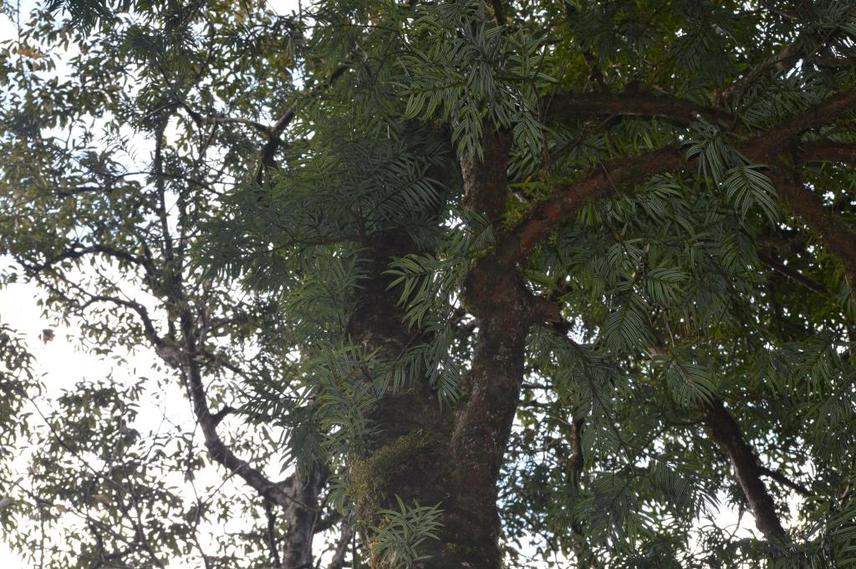Amal Bawri
The main objective of the proposed project is “to conserve Amentotaxus assamica and their habitats thereby conserving the fragile temperate ecosystems in Arunachal Pradesh and habitat mapping of the species.

Amentotaxus assamica is an endangered gymnosperm distributed in the Eastern Himalayas, known for its economic and ecological values. The species is also an important component in the high altitudes biodiversity facing risk of extinction. The species has been exploited excessively and recklessly from the state of Arunachal Pradesh. The species is very poorly studied and evaluated in spite of its endangered status. At present there is a general lack of information on current status, regeneration and ecology of A. assamica growing in the Eastern Himalayan region as a result of which conservation strategies could not be formulated. The habitats and the populations of the species are degraded. The local people practice shifting cultivation in the habitat of this species, which might have led to decline in species populations. For ensure conservation of this important species as well as overall conservation of high altitude biodiversity, the work is proposed.
The project proposes to assess the distribution and occurrence of Amentotaxus assamica in the state of Aruanchal Pradesh, to study the population structure and regeneration status of the species, to identify and analysis of threats to the habitat and the species and to create awareness and sensitize local community for in-situ conservation of the species. The project will be implemented in Anjaw and Papum Pare districts of the state. An extensive field surveys will be conducted to understand the population density of different age stages and threats to the species and its habitat. Key informants surveys will also be conducted to identify larger emerging threats in these sites. And thus generated information will be helpful for development of conservation strategies for this species. Interaction with the media person will also be done for cover the story of this species and its habitat for greater awareness and drawn attention for biodiversity conservation.
The outcome of the project is conservation action of this species and to contribute to the overall conservation of the ecosystems. Therefore, the present study will be highly significant for conservation of this species.